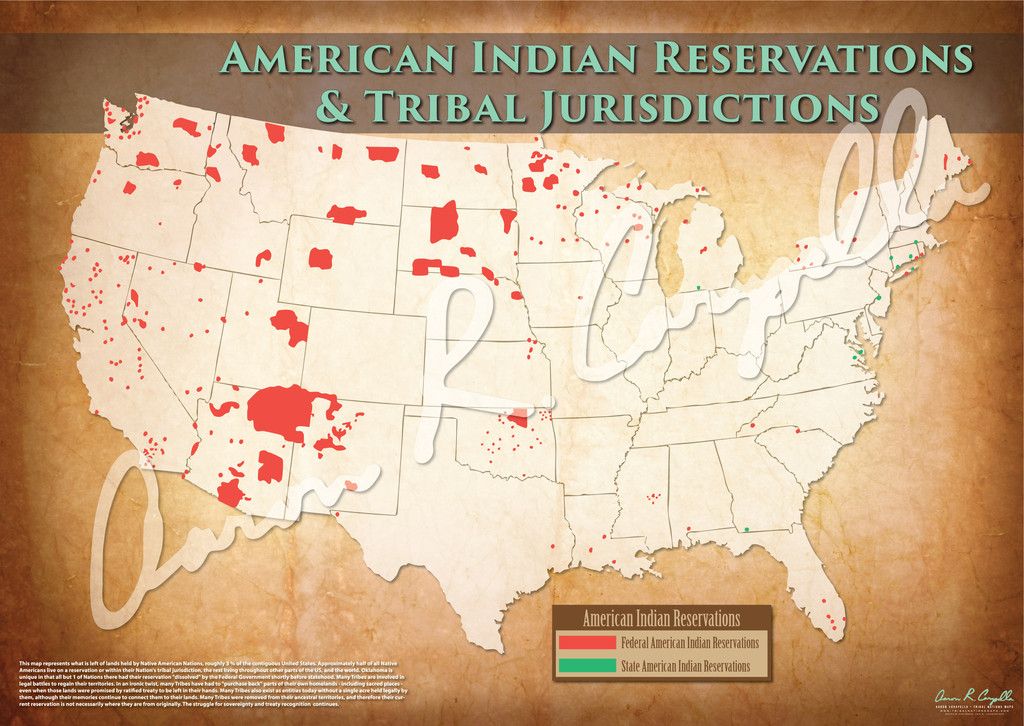Native American Reservations Map

The history and cultural significance of Native American reservations are deeply intertwined with the complex and often tumultuous relationship between Native American tribes and the United States government. Native American reservations, which are areas of land managed by Native American tribes under the United States federal government's trust, have played a pivotal role in the country's development, particularly in terms of land use, cultural preservation, and socio-economic policies. Understanding the geographical distribution and the unique characteristics of these reservations requires a comprehensive approach, incorporating historical, cultural, and geographical perspectives.
Native American Reservations Overview

There are currently 326 Indian reservations in the United States, according to the Bureau of Indian Affairs (BIA), covering about 2% of the country’s land area but being home to more than 20% of the Native American population. These reservations are managed by 574 federally recognized tribes, each with its own distinct culture, language, and traditions. The management and administration of these lands involve a complex interplay between tribal governments, federal agencies, and state authorities, often leading to unique legal, political, and economic conditions within reservation boundaries.
Historical Context of Reservations
The establishment of Native American reservations is rooted in the history of colonialism and the expansion of the United States. Initially, reservations were created as a means to relocate Native American tribes from their ancestral lands to areas deemed less desirable or less valuable by the federal government. The Indian Removal Act of 1830, for example, led to the forced relocation of tens of thousands of Native Americans, known as the Trail of Tears, resulting in significant loss of life and cultural heritage. Over time, the policy towards Native American reservations has evolved, with periods of assimilation efforts, termination policies, and eventually, a shift towards self-determination and tribal sovereignty.
| Reservation Name | Location | Tribal Affiliation |
|---|---|---|
| Navajo Nation | Arizona, New Mexico, Utah | Navajo |
| Cherokee Nation | Oklahoma | Cherokee |
| Cheyenne River Indian Reservation | South Dakota | Lakota, Dakota, Nakota |

Geographical Distribution and Characteristics

The geographical distribution of Native American reservations varies widely, from the large, sparsely populated reservations in the Southwest, such as the Navajo Nation, to the smaller, more densely populated reservations in the Northeast. The natural resources available on these lands also vary, with some reservations rich in mineral resources, such as coal and uranium, and others featuring fertile agricultural lands or significant water resources. The management of these resources is critical for the economic development and self-sufficiency of the tribes.
Economic and Social Challenges
Despite their rich cultural heritage and natural resources, many Native American reservations face significant economic and social challenges. High levels of unemployment, poverty, and lack of access to basic services such as healthcare, education, and clean water are prevalent issues. The legacy of historical trauma, combined with ongoing social and economic disparities, contributes to mental health issues, substance abuse, and other health challenges within these communities. Addressing these challenges requires a multifaceted approach that includes economic development, cultural preservation, and the enhancement of tribal sovereignty.
Key Points
- The establishment and management of Native American reservations are influenced by a complex history of colonialism, relocation, and policy changes.
- There are 326 Indian reservations in the United States, managed by 574 federally recognized tribes, each with distinct cultural, linguistic, and traditional practices.
- The geographical distribution and natural resources of reservations vary significantly, impacting economic development and self-sufficiency strategies.
- Native American reservations face considerable economic and social challenges, including high rates of unemployment, poverty, and limited access to essential services.
- Addressing the challenges faced by Native American communities requires a nuanced approach that respects tribal sovereignty, preserves cultural heritage, and promotes economic development and social equity.
Future Directions and Implications
Looking forward, the future of Native American reservations is closely tied to the principles of self-determination and tribal sovereignty. Efforts to enhance economic development, improve access to education and healthcare, and preserve cultural heritage are critical. Additionally, addressing the historical injustices and ongoing disparities faced by Native American communities requires a commitment to reconciliation and equity. The development of renewable energy sources, sustainable land management practices, and innovative economic initiatives can provide pathways for reservations to thrive while maintaining their cultural identities and contributing to the broader societal goals of environmental sustainability and social justice.
What is the primary challenge faced by Native American reservations today?
+The primary challenges include economic disparities, limited access to essential services such as healthcare and education, and the preservation of cultural heritage in the face of historical trauma and ongoing social injustices.
How many federally recognized tribes are there in the United States?
+There are 574 federally recognized tribes in the United States, each with its own distinct culture, language, and traditions.
What is the significance of tribal sovereignty for Native American reservations?
+Tribal sovereignty is crucial as it allows Native American tribes to govern themselves, manage their lands, and preserve their cultural identities, which is essential for their social, economic, and cultural well-being.
In conclusion, Native American reservations are not just geographical entities but vibrant cultural and historical landscapes that embody the resilience and diversity of Native American communities. Understanding their complexities, challenges, and potential requires a deep appreciation of their history, a commitment to their future, and a recognition of the invaluable contributions they make to the rich tapestry of American society.



